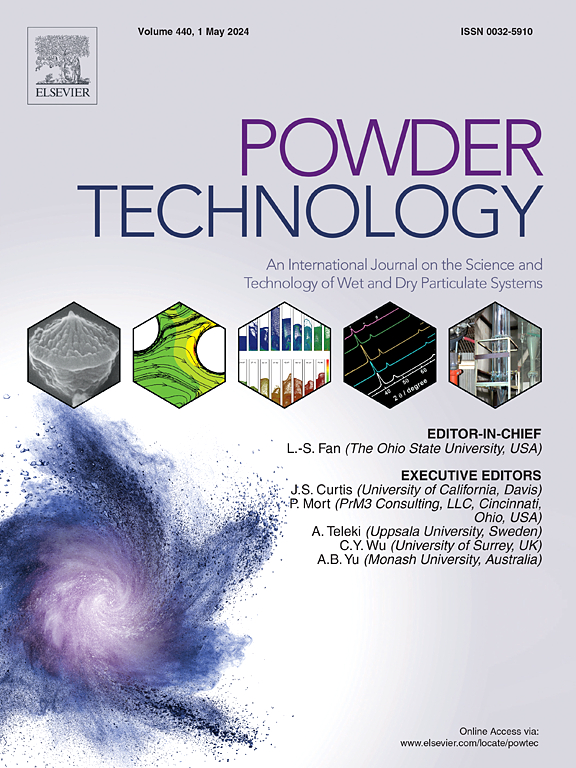Explosion mechanism of azobisisobutyronitrile doping with sodium bicarbonate modified dry water
IF 4.5
2区 工程技术
Q2 ENGINEERING, CHEMICAL
引用次数: 0
Abstract
Azobisisobutyronitrile (AIBN) plays a key role as a typical initiator or a foaming agent in the industries of plastics, pharmaceuticals and semiconductors. The autocatalytic property and high instability of AIBN make it risky to explode when subjected to heat. In this paper, the explosion characteristics and mechanism of AIBN dust were thoroughly investigated. During the explosion process, two carbon‑hydrogen bonds are broken and release N2 leading to a rapid increase in explosion pressure. The optimum concentration of AIBN is 600 g/m3, at which time the Pmax is 735.51 kPa and the (Kst)max is 173.02 bar·m/s. In order to effectively inhibit the explosion of AIBN, SiO2 and NaHCO3 were selected as coating materials to develop a novel inhibitor modified sodium bicarbonate dry water powder (SBDW). When the concentration reached 400 g/m3, it was able to completely inhibit the explosion of AIBN. The kinetic model of AIBN/SBDW/air explosion reaction was constructed to reveal the key free radical mechanism of NaHCO3 capturing AIBN combustion and explosion process. Considering the chemistry, inhibitors can hinder the combustion and explosion reaction of AIBN by despoiling H, O and OH. A novel insight into the characteristics and inhibition of AIBN dust explosion was provided, and is of great value for the safe application of azo compounds.

求助全文
约1分钟内获得全文
求助全文
来源期刊

Powder Technology
工程技术-工程:化工
CiteScore
9.90
自引率
15.40%
发文量
1047
审稿时长
46 days
期刊介绍:
Powder Technology is an International Journal on the Science and Technology of Wet and Dry Particulate Systems. Powder Technology publishes papers on all aspects of the formation of particles and their characterisation and on the study of systems containing particulate solids. No limitation is imposed on the size of the particles, which may range from nanometre scale, as in pigments or aerosols, to that of mined or quarried materials. The following list of topics is not intended to be comprehensive, but rather to indicate typical subjects which fall within the scope of the journal's interests:
Formation and synthesis of particles by precipitation and other methods.
Modification of particles by agglomeration, coating, comminution and attrition.
Characterisation of the size, shape, surface area, pore structure and strength of particles and agglomerates (including the origins and effects of inter particle forces).
Packing, failure, flow and permeability of assemblies of particles.
Particle-particle interactions and suspension rheology.
Handling and processing operations such as slurry flow, fluidization, pneumatic conveying.
Interactions between particles and their environment, including delivery of particulate products to the body.
Applications of particle technology in production of pharmaceuticals, chemicals, foods, pigments, structural, and functional materials and in environmental and energy related matters.
For materials-oriented contributions we are looking for articles revealing the effect of particle/powder characteristics (size, morphology and composition, in that order) on material performance or functionality and, ideally, comparison to any industrial standard.
 求助内容:
求助内容: 应助结果提醒方式:
应助结果提醒方式:


